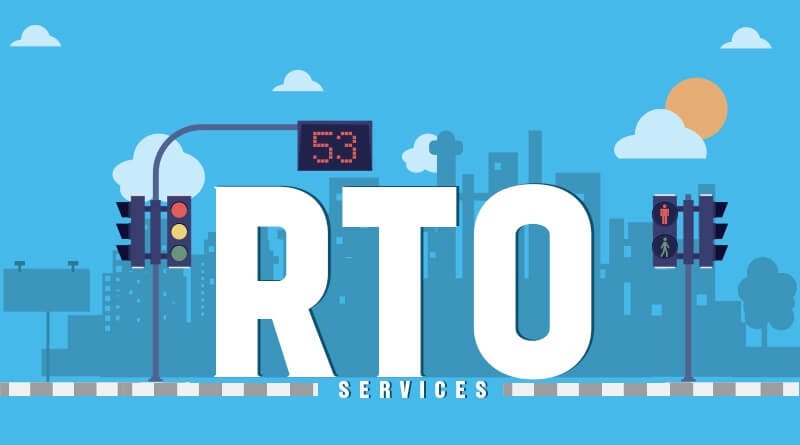To monitor all transport-related activities in India, the government formed the Regional Transport Office (RTO). Every state and Union Territory has it. The Motor Vehicles Act of 1988’s duties and obligations must be carried out by RTO. This central act’s requirements are implemented in all of the regions by a government agency. Additionally, the agency conducts other additional operations like environmental inspections, tax collection, and the enforcement of traffic laws.
Activities of an RTO
Activities an RTO carries out:-
To issue driving licenses:-
The RTO is a well-known organization that deals with giving driving licenses to individuals. In addition to granting licenses, they also handle license renewal, duplicate license issuance, and driving test administration.
Vehicle registration:-
Upkeep of a vehicle database is one of an RTO’s essential duties. While carrying out the task of vehicle registration, this is done. All new cars must be registered at the relevant RTO before you can get your car’s license plate.
- Certificate of Registration Issue and Renewal
- When a car is sold, the registration certificate’s ownership is changed from one person to another.
- altering the vehicle’s registration information when it is transferred to a new state
- To grant a No Objection Letter when you are transferring your car from one state to another, to record for any hypothecations in the registrations book if you have taken your automobile on loan, and to remove hypothecations after the loan is paid off.
Road tax collection:
The government collects some taxes on your car, such as road tax. Its collection is the responsibility of the RTO. Usually, this fee is paid when registering a car for the first time.
Vehicle Inspection:
It is the RTO’s responsibility to determine if the vehicles that are operating on the road comply with the Motor Vehicles Act. They occasionally carry out inspections for the same.
Environmental Problems:
Following the Motor Vehicles Act, the RTO also tackles environmental concerns. For instance, it works with PUC (Pollution Under Control) testing facilities and Compressed Natural Gas (CNG)/Liquid Petroleum Gas conversion operations.
Road safety:
The RTO carries out this crucial duty by continually informing us of all of the precautions that should be followed on the roadways.
RTO functions
The Motor Vehicle Act’s norms and regulations are followed by RTO. The following are some of the main RTO functions:
- Payment of Taxes and Fees
- Road Safety DL
- Vehicle Inspection
- Environmental Norms
- Provision of Vehicle Registration
- Providing Vehicles with Individual Number Registration
The distinction between RTO and DTO
The Regional Transport Office is known as RTO. DTO, on the other hand, stands for District Transport Office. There may be one or many RTOs in a state. Therefore, there may be as many DTOs as there are districts, if not more. To oversee the laws and regulations for cars and transportation, RTO covers a wide area. It could be the parent of multiple DTOs. However, a DTO oversees the Motor Vehicles Act regulations and legislation in a district. In conclusion, the jurisdiction area is the main distinction between the two.
Conclusion
The Regional Transport Office, or RTO, is the institution tasked by the Indian government with keeping a database of all the cars and drivers on the country’s roads up to date. Every state and city have a regional transport office (RTO), which is responsible for carrying out the duties outlined in the Motor Vehicles Act.
